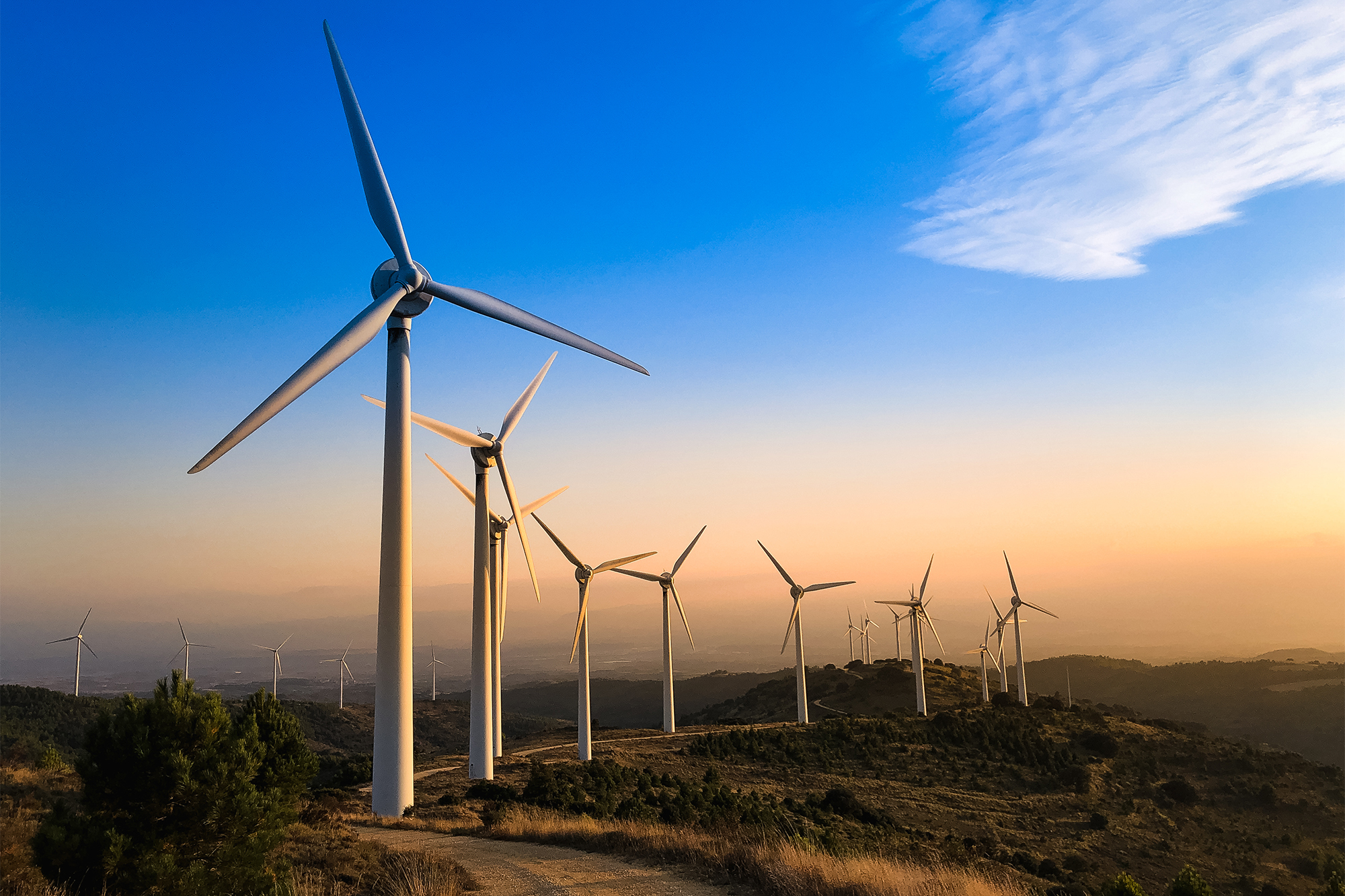Egypt has inked financial agreements for four major wind power projects with combined capacity of 3,700MW out of the 10,000MW target by 2030. The agreements are under the Nexus of Water, Food, and Energy (NWFE) program. This was stated by the Ministry of International Cooperation.
The nation has modified its Nationally Determined Contribution (NDC) in order to hasten the process of moving onto a low-carbon development path and meet its goal of producing 42% of its energy from renewable sources by 2030 rather than 2035.
Since the COP27 climate summit, many renewable energy project agreements with a combined capacity of 3,700 MW have been negotiated between Egypt’s Ministry of Electricity and the private sector, within the framework of the energy pillar of the NWFE program.
Also Read: Implementation of mixed-use project dubbed West Leaves in 6th of October City, Egypt, begins
More on the proposed wind power projects
As part of the projects, a 500MW wind farm will be built in the Gulf of Suez with a capacity of 500MW. Which also involve the European Bank for Reconstruction and Development (EBRD), the Japan Bank for International Cooperation (JBIC), and the Red Sea Wind Energy Alliance.
Additionally, in collaboration with the International Finance Corporation (IFC), the Dutch Bank for Development, and the Japan International Cooperation Agency (JICA), the Abydos Solar Project, with a 500 MW capacity, was established in Kom Ombo, Aswan.
The agreements also cover the 500 MW Amunet wind energy project near Ras Ghareb. This has been funded by JBIC, Standard Chartered Bank, IFC, Sumitomo Mitsui Banking Corporation (SMBC), and Sumitomo Mitsui Trust Bank.
According to the agreements with ACWA Power, the wind power projects also include a 1,100MW wind power station. As well as a second 200MW project to generate power from solar energy at the Kom Ombo plant.

Leave a Reply